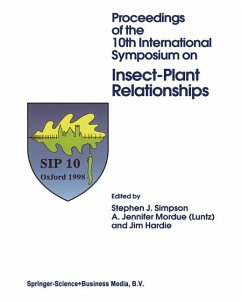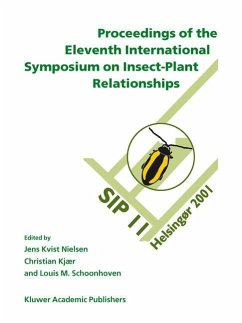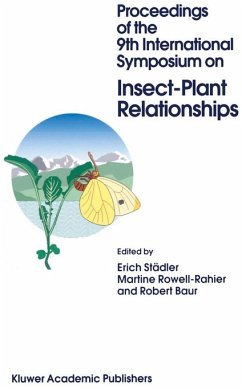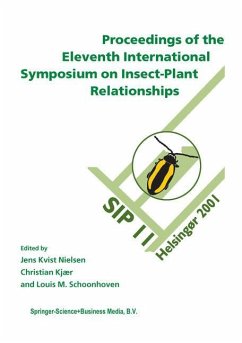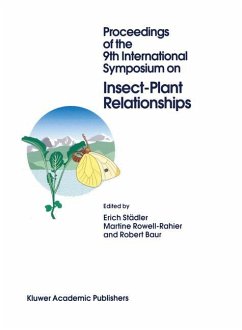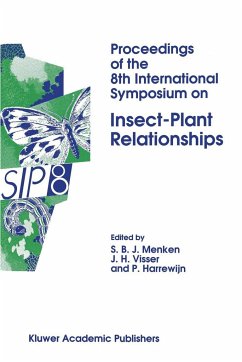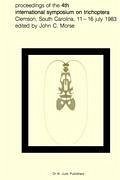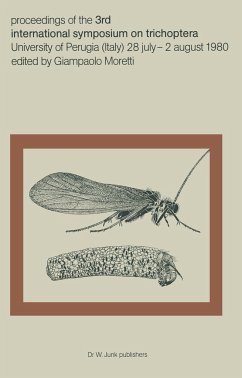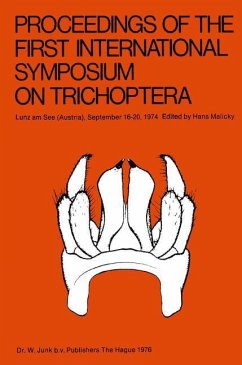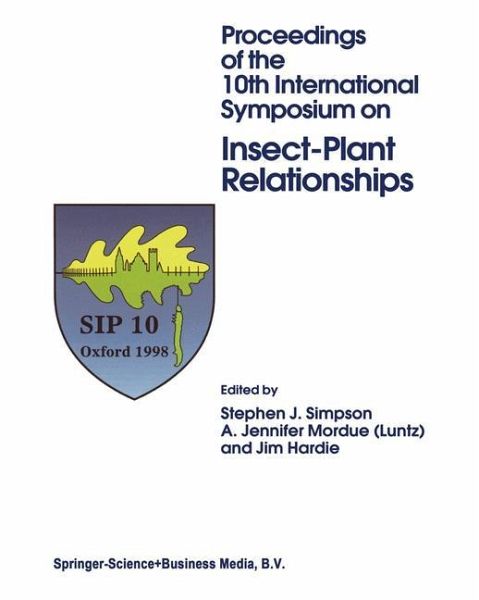
Proceedings of the 10th International Symposium on Insect-Plant Relationships

PAYBACK Punkte
58 °P sammeln!
Over the past 40 years, the SIP meetings have played a central role in the development of the field of insect-plant relationships, providing both a show-case for current research as well as a forum for the airing and development of influential new ideas. The 10th symposium, held 4-10 July 1998, in Oxford, followed that tradition. The present volume includes a representative selection of fully refereed papers from the meeting, plus a listing of the titles of all presentations. The volume includes reviews of major areas within the subject, along with detailed experimental studies. Topics covered...
Over the past 40 years, the SIP meetings have played a central role in the development of the field of insect-plant relationships, providing both a show-case for current research as well as a forum for the airing and development of influential new ideas. The 10th symposium, held 4-10 July 1998, in Oxford, followed that tradition. The present volume includes a representative selection of fully refereed papers from the meeting, plus a listing of the titles of all presentations. The volume includes reviews of major areas within the subject, along with detailed experimental studies. Topics covered include central neural and chemosensory bases of host plant recognition, integrative studies of insect behaviour, tritrophic interactions, plant defences, insect life histories, plant growth responses, microbial partners in insect-plant associations, and genetic bases of host plant associations. The book provides a key source for students and research workers in the field of insect-plant relationships.





